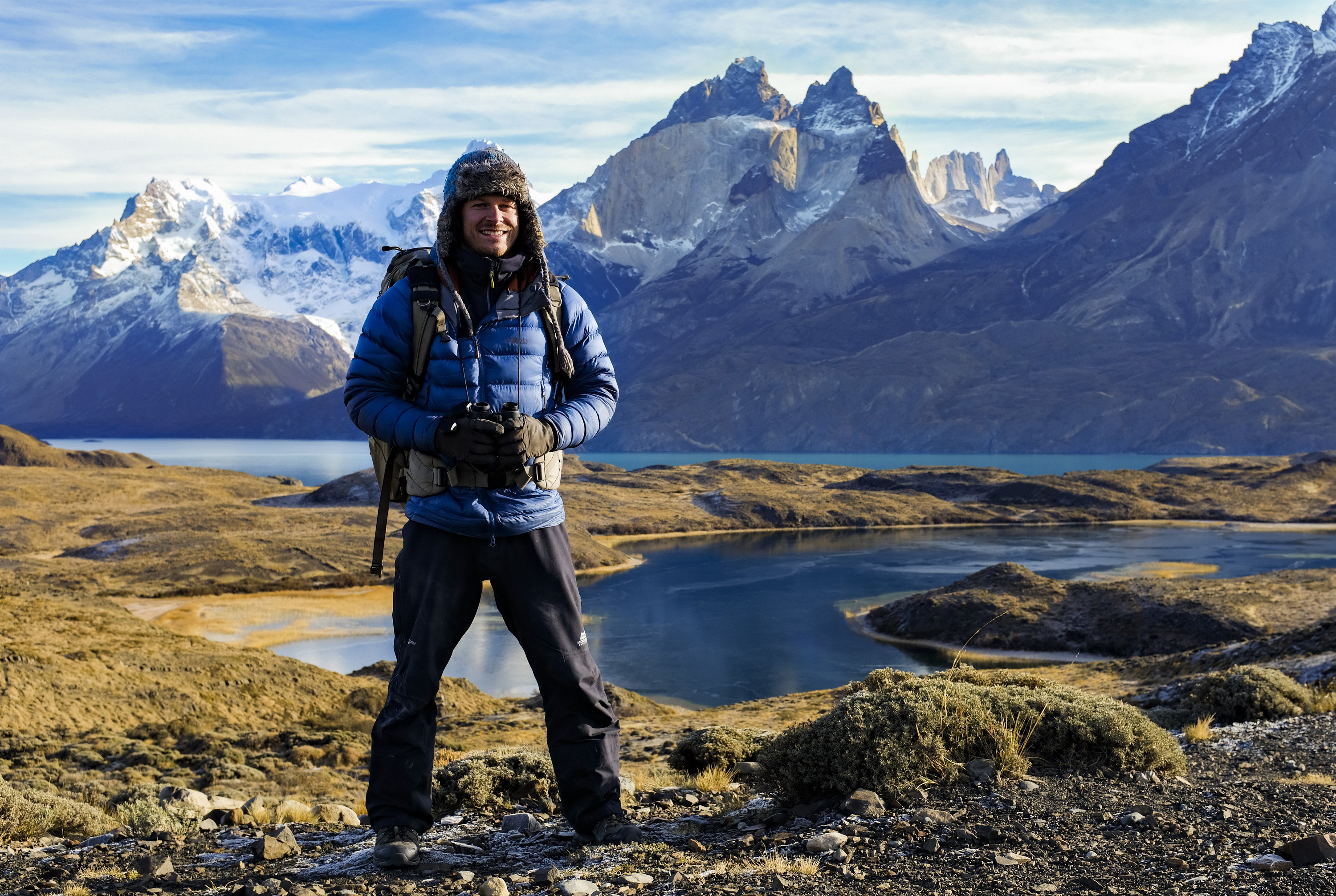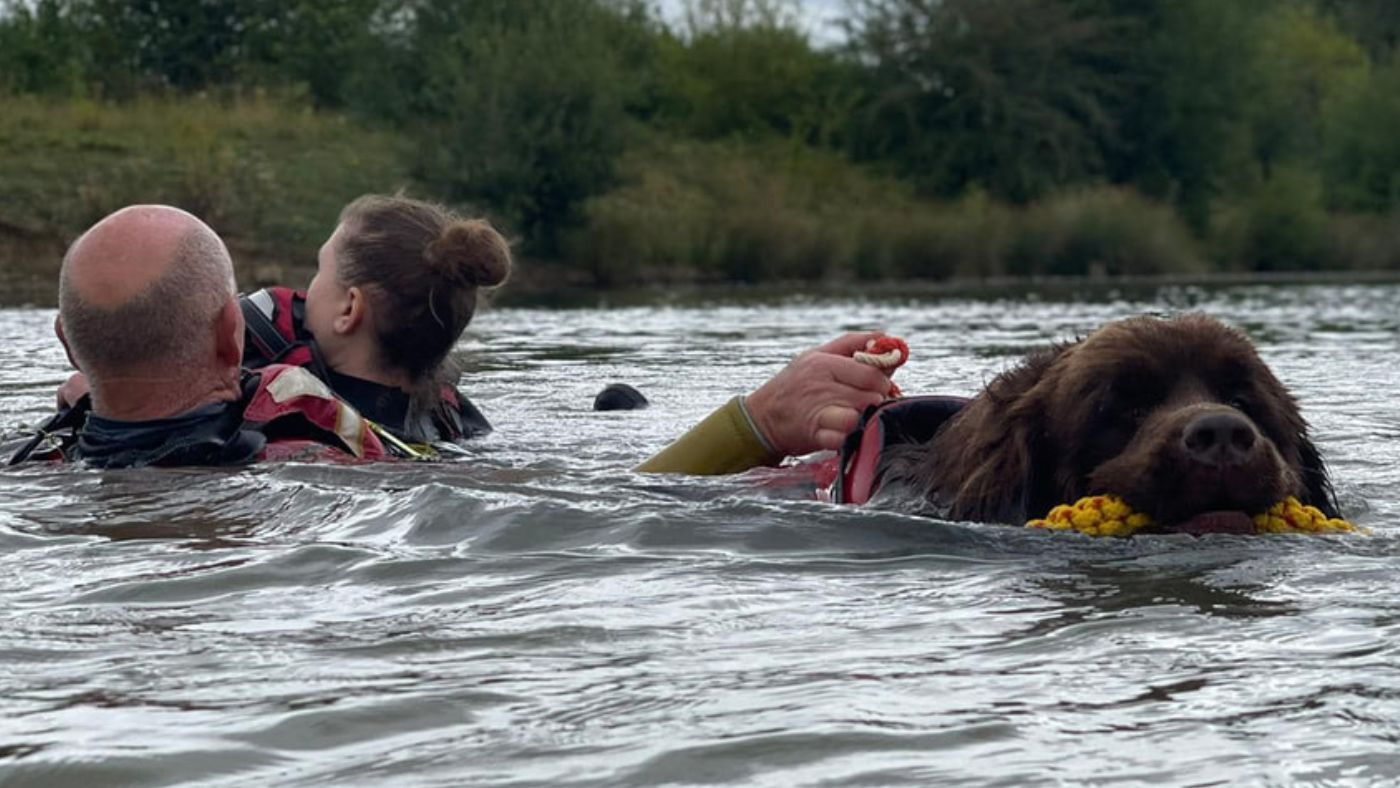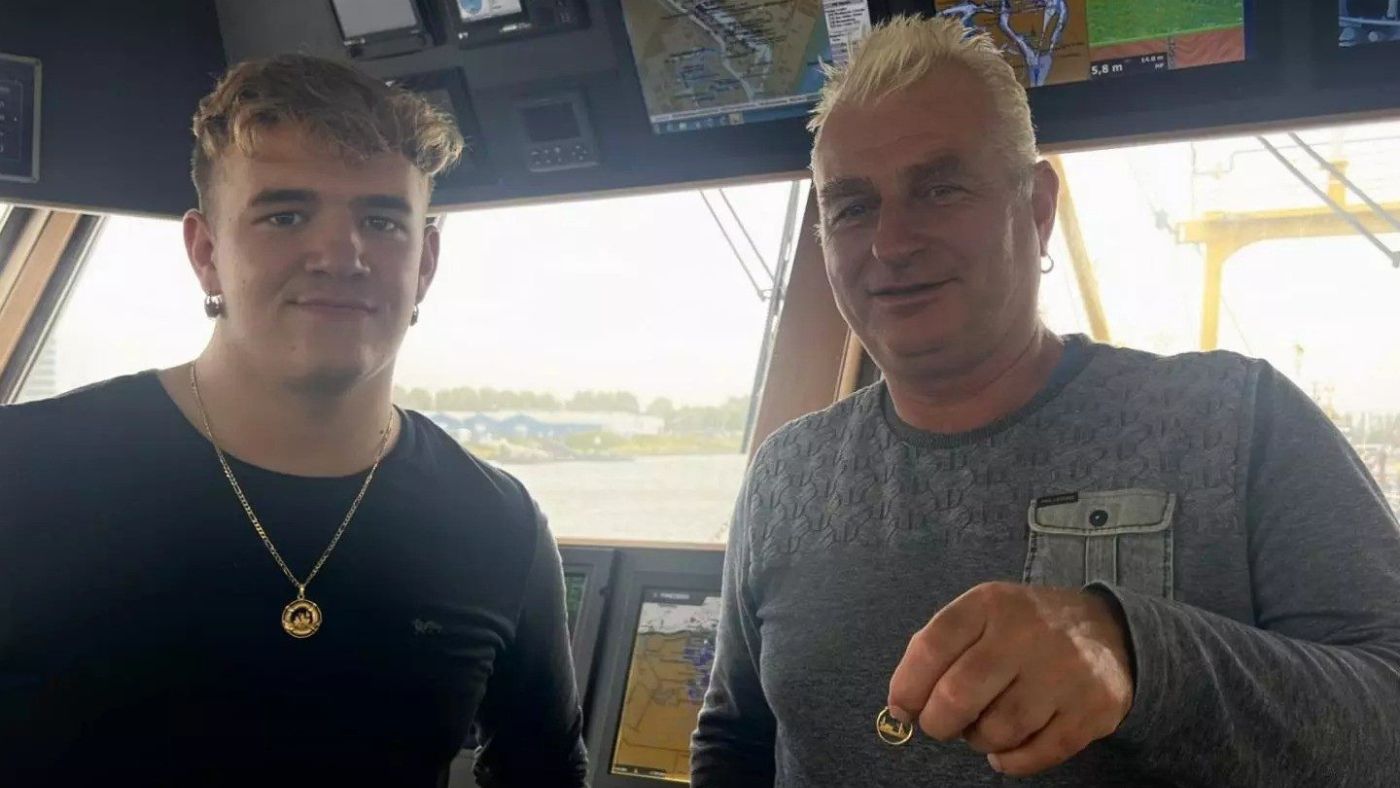The week's good news: June 28, 2018
It wasn't all bad!

- 1. Belize's massive coral reef makes a comeback
- 2. Man completes his nearly 15,000 mile walk from Argentina to Alaska
- 3. Teen uses sign language to help blind and deaf man communicate on flight
- 4. Leukemia survivor serves as flower girl at bone marrow donor's wedding
- 5. Runaway zoo flamingo still thriving in the wild 13 years later

1. Belize's massive coral reef makes a comeback
The largest coral reef system in the Northern Hemisphere, the Belize Barrier Reef, was added to UNESCO's list of World Heritage in Danger in 2009 over fears of "mangrove cutting and excessive development in the property." The Belizean government responded to the threat by making a "transformational shift," UNESCO's marine program coordinator, Fanny Douvere, told The New York Times, and its hard work paid off. This week, the reef was removed from UNESCO's list of endangered sites. Conservationists credit the Belizean government for suspending offshore drilling and implementing new protections for the mangrove forests. "Today's outcome shows the power of collective action … and sets an example for the rest of the world," said the UNESCO World Heritage Center director, Dr. Mechtild Rossler.
2. Man completes his nearly 15,000 mile walk from Argentina to Alaska
After walking for 18 months, Holly "Cargo" Harrison finally reached the actual end of the road. Harrison, a former Army Ranger, walked from Ushuaia, Argentina, to Prudhoe Bay, Alaska, because "no one's ever done it," he told NBC's Harry Smith. "There are few things left in the world that no one's ever done." It certainly wasn't an easy feat — he had a heart attack in Nevada, fended off a bear after entering Alaska, and was on crutches with a torn tendon in his foot when he arrived in Prudhoe Bay earlier this month. While his body was "so relieved and so happy to be done," Harrison said, he was also "a little sad" for it to all be over.
The Week
Escape your echo chamber. Get the facts behind the news, plus analysis from multiple perspectives.

Sign up for The Week's Free Newsletters
From our morning news briefing to a weekly Good News Newsletter, get the best of The Week delivered directly to your inbox.
From our morning news briefing to a weekly Good News Newsletter, get the best of The Week delivered directly to your inbox.
3. Teen uses sign language to help blind and deaf man communicate on flight
While traveling from Boston to Portland, Oregon, last week, Clara Daly, 15, used her knowledge of American Sign Language to make the flight easier for a fellow passenger. Tim Cook, 64, is blind and deaf, and was unable to communicate with the flight attendants. They asked if anyone on board knew ASL, and Daly, who took classes for a year, volunteered to help. She signed letters into his hand, first asking, "Are you okay?" They communicated that way throughout the flight, with Cook telling Daly about the sister he had been visiting in Boston and Daly telling him about her life in California. Fellow passenger Lynette Scribner said Daly's assistance helped reduce Cook's frustration. "Clara was so kind and genuine — she seemed to have no qualms about signing into Tim's hands, and even though he couldn't see her, she looked attentively at his face with such kindness," she told People.
4. Leukemia survivor serves as flower girl at bone marrow donor's wedding
Skye Savren-McCormick was a very important part of Hayden Hatfield Ryals' wedding, even though their first meeting was just 48 hours before the big day. Savren-McCormick, 3, lives in Ventura, California, and right before her first birthday, was diagnosed with a rare form of leukemia. She needed a bone marrow transplant, and it turned out Ryals, then a 22-year-old student at Auburn University, was a perfect match. Donors must remain anonymous the first year after a transplant, but Ryals and Savren-McCormick's parents started sending letters and emails back and forth in 2017. Ryals surprised the family when she asked Savren-McCormick to be the flower girl at her June 9 wedding, and in May, Savren-McCormick received medical clearance to fly to Alabama. There, Ryals and the Savren-McCormicks met face-to-face for the first time. "I feel so connected to them, they're like family now," Ryals told Babble.
A free daily email with the biggest news stories of the day – and the best features from TheWeek.com
5. Runaway zoo flamingo still thriving in the wild 13 years later
Don't let the boring name fool you — African flamingo No. 492 has led a very exciting life. The bird was one of 40 sent from Tanzania to the Sedgwick County Zoo in Wichita, Kansas, in 2003. To keep the flamingoes from flying away, their feathers were painlessly clipped annually, but in June 2005, No. 492, overdue for a cut, was able to escape on a windy day. It was spotted in Texas in 2006, and has been seen on and off ever since. The latest sighting took place in late May in Lavaca Bay, halfway between Houston and Corpus Christi. Flamingo expert Felicity Arengo told The New York Times that "as long as they have these shallow, salty types of wetlands, they can be pretty resilient." Scott Newland, the curator of birds at the zoo, said No. 492 could survive for another 20 years.
Catherine Garcia has worked as a senior writer at The Week since 2014. Her writing and reporting have appeared in Entertainment Weekly, The New York Times, Wirecutter, NBC News and "The Book of Jezebel," among others. She's a graduate of the University of Redlands and the Columbia University Graduate School of Journalism.
-
 Who is fuelling the flames of antisemitism in Australia?
Who is fuelling the flames of antisemitism in Australia?Today’s Big Question Deadly Bondi Beach attack the result of ‘permissive environment’ where warning signs were ‘too often left unchecked’
-
 Bulgaria is the latest government to fall amid mass protests
Bulgaria is the latest government to fall amid mass protestsThe Explainer The country’s prime minister resigned as part of the fallout
-
 Sudoku hard: December 15, 2025
Sudoku hard: December 15, 2025The daily hard sudoku puzzle from The Week
-
 The week's good news: Sept. 21, 2023
The week's good news: Sept. 21, 2023It wasn't all bad!
-
 The week's good news: Sept. 14, 2023
The week's good news: Sept. 14, 2023It wasn't all bad!
-
 The week's good news: Sept. 7, 2023
The week's good news: Sept. 7, 2023feature It wasn't all bad!
-
 Lives transformed by swimming with Newfoundland dogs
Lives transformed by swimming with Newfoundland dogsfeature Good news stories from the past seven days
-
 The week's good news: August 31, 2023
The week's good news: August 31, 2023feature It wasn't all bad!
-
 The week's good news: August 17, 2023
The week's good news: August 17, 2023feature It wasn't all bad!
-
 Earring lost at sea returned to fisherman after 23 years
Earring lost at sea returned to fisherman after 23 yearsfeature Good news stories from the past seven days
-
 Farmer plants 1.2m sunflowers as present for his wife
Farmer plants 1.2m sunflowers as present for his wifefeature Good news stories from the past seven days
